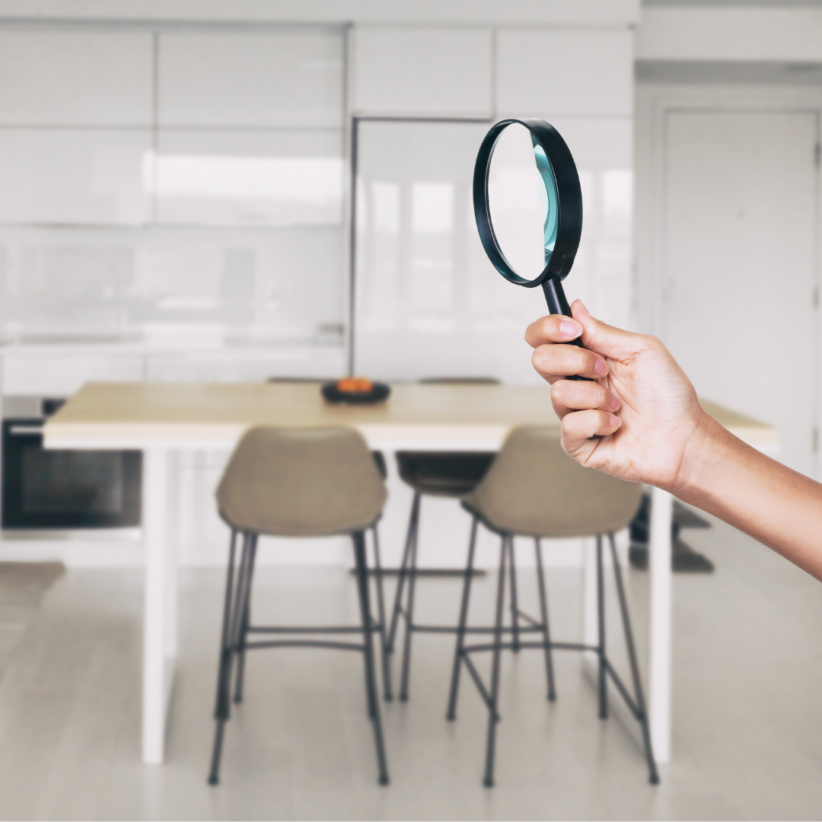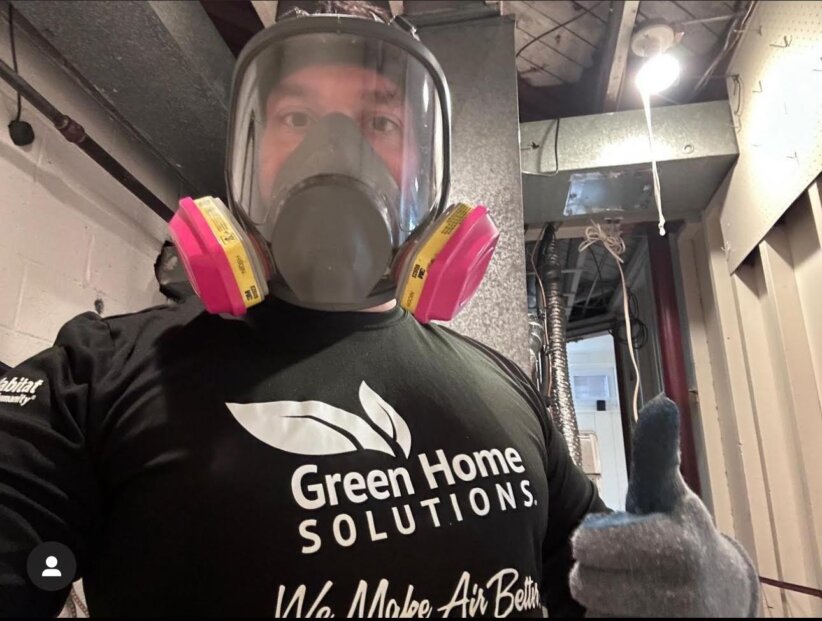
How to Find Mold in Your Home
Mold. Hearing the mere mention of that word can literally make your skin crawl. But, like the many issues you deal with when you have a home or an apartment, mold can grow anywhere! If left untreated, it can cause a barrage of health issues, decrease the property value of your home, and leave your home smelling musty. To understand more about mold and how to find it, we spoke with Jeffrey Ramsey of Westchester’s Green Home Solutions. Read on to learn more about how to find mold — and get rid of it!
What is Mold and Where Does it Grow?
Mold is a type of fungus whose growth is incredibly common both indoors and outdoors. Typically, its growth (known as mold spores) is known for its acclimation of different colored spots. In some instances, it can smell musty. However, it can also be odorless.
It typically grows in spaces with moisture such as with open doorways, leaks, around pipes, and by windows, to name a few mold attracting spots. Additionally, according to the CDC, “Mold can also grow in dust, paints, wallpaper, insulation, drywall, carpet, fabric, and upholstery.” However, it can also grow on food, paper, wood, carpets, and even on your mattress!
Ramsey noted, “The best place to look for mold is where the water is.” He added, “Inspect your home’s piping, basement foundations, attic roofs, bathrooms, kitchens and even technology that incorporates a water source such as a fridge.”

Why is Mold Bad?
If untreated, mold will grow and certain molds can be toxic. These toxins can produce mycotoxins and may cause health issues.
According to the Environmental Protection Agency, “Mold may cause allergic reactions in sensitive individuals. Allergic responses include hay fever-type symptoms, such as coughing, sneezing, runny nose, red eyes, and skin rash.” Mold exposure can also be irritating to the body and affect the eyes, skin, nose, throat, and lungs. It can also be triggering to those who have asthma or other respiratory issues.
What Temperature Does Mold Live in?
Typically, winters in Westchester have been less of an issue with mold due to lower humidity. “Unfortunately, we’ve had significant rain storms. This has flooded many basements and harsh winds have knocked off roofing shingles and siding leaving homes and businesses exposed to moisture intrusion,” Ramsey stated.
He added, “Since we spend more time indoors in the winter those with allergies and asthma are more likely to be susceptible to symptoms at this time.”
How to Find Mold
Once mold starts to grow, the only way to get rid of it is to remove it. However, Ramsay mentioned, “it often grows undetected.” He added, “It is commonly detected through smell, visual cues, and indoor air quality testing.”
While mold removal (from a qualified professional is ideal), you can remove it on your own (in small spaces). Ramsay said, “For small amounts of mold (less than 10-square-feet), try all natural cleaners such as pure distilled white vinegar or soap and water. The idea is to use precautions such as an N95 and gloves. Never soak the surfaces unless it’s a non porous surface such as metal. If it is porous such as a window sill or drywall, spray the vinegar on a cloth and then wipe it.”
He added, “I personally clean my home with distilled white vinegar and drops of Thyme oil. Thyme oil smells really good and is a natural mold killer like vinegar. Never use bleach unless you have a septic issue. Bleach is 95% water and can worsen mold. Plus, it is toxic to us.”
Families can also reduce indoor humidity in their homes as a way to prevent mold. This includes checking and using ventilation systems, checking faucets, using dehumidifiers, using exhaust fans when cooking, preventing condensation by adding insulation, to name a few home tips. Additionally, it is important to keep surfaces clean and dry.

Additionally, the team at Green Home Solutions can test your home for mold as well as remove it. They use eco-friendly and plant-based solutions for mold remediation, disinfection, and other services. Call them at (914) 303-6134 to learn more.
Mold
While no one wants to have mold in their home, it’s important to get your home inspected and take necessary precautions. In the long-term, this can help your property values and ensure that you (and your kids) don’t get sick.









